Washington, D.C.—that politically-charged swamp-turned-status-symbol where ambition goes to put on a tailored suit and yell into a microphone. But like every power player, this city has an origin story. So grab your metro card and a sensible pair of walking shoes, because we’re time-traveling through the surprisingly messy, mildly shady, and definitely weird history of America’s capital.
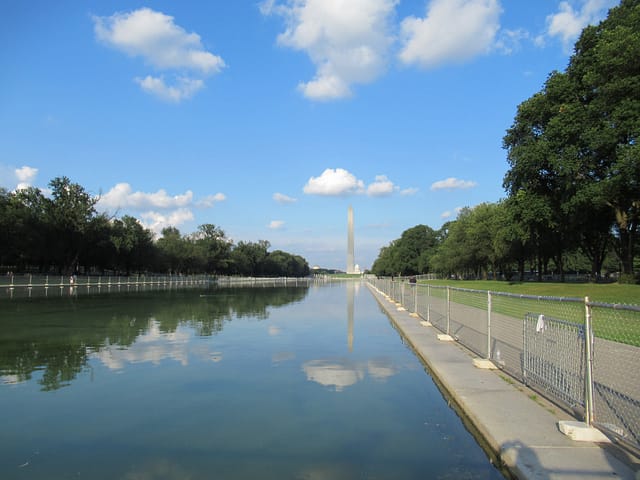
The Birth of a City (That Nobody Really Wanted)
Back in the late 1700s, America was still figuring things out. They’d kicked out the British, written some spicy new rules called the Constitution, and now they needed a capital. But choosing one? Nightmare fuel. Everyone was fighting like siblings on a road trip: New York wanted it. Philly had a claim. The South was like “we exist too!” So in a beautifully American compromise (read: bribe), Congress said, “Fine. Let’s build a whole new city in the middle of nowhere.”
Cue 1790’s Residence Act: George Washington himself picked a mosquito-infested plot of land between Maryland and Virginia along the Potomac River. The land was swampland, rural, and hot… But apparently ideal for democracy?
Bonus trivia: D.C. stands for District of Columbia. Columbia being a poetic name for America, not a nod to any actual state. D.C. is not in a state, and that fact has been irritating residents ever since.
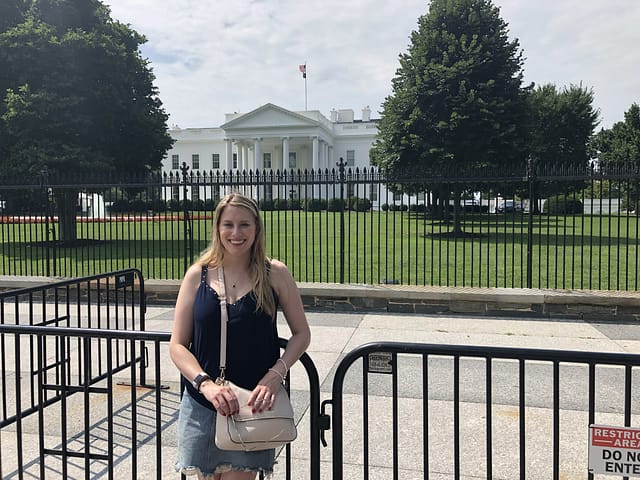
Enter Pierre L’Enfant, the Drama King of Urban Design
So you’ve got land, you need a plan. Enter Pierre Charles L’Enfant, a Frenchman with a flair for grand boulevards and zero tolerance for compromise. He designed a glorious city with wide avenues, roundabouts, and views that screamed “future superpower,” but got fired before it was finished because he refused to collaborate and maybe also bulldozed a prominent citizen’s house.
Still, his plan mostly stuck—so yes, you can thank a moody French architect for why you’re lost somewhere between K Street and Constitution Avenue right now.
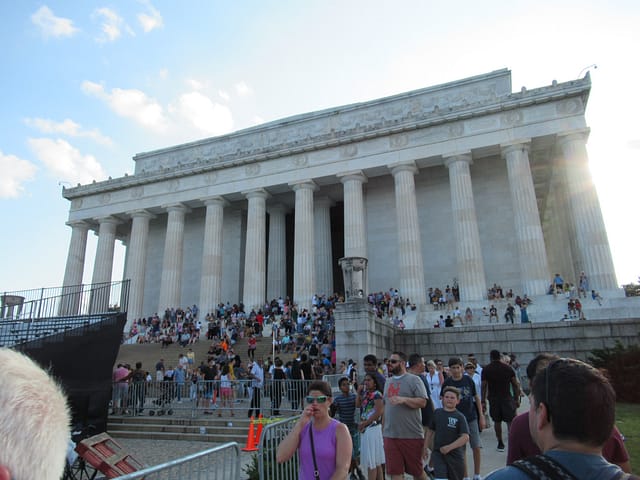
War, Rebuilding, and “Oops, They Burned It”
Fun fact: The British torched D.C. in 1814 during the War of 1812. They literally set the White House on fire. Dolly Madison famously saved a portrait of George Washington before fleeing like a queen.
After that, rebuilding took forever, and D.C. remained kind of a backwater. Most people still preferred Philly or New York. It wasn’t until after the Civil War and during the 20th century that D.C. started becoming the shiny, iconic marble-fest we know today.
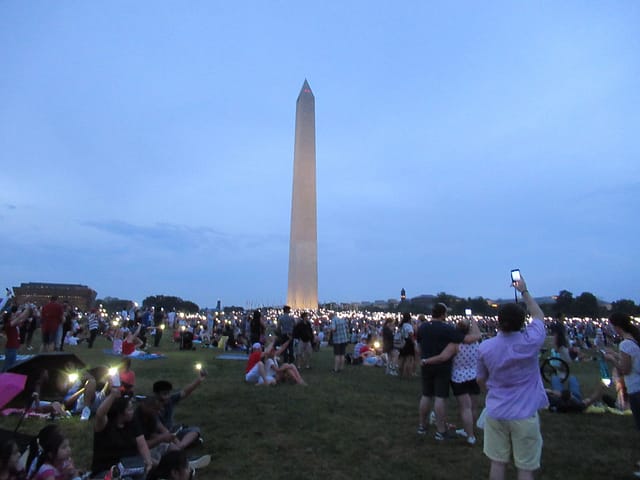
Civil Rights, Statehood, and That Whole “Taxation Without Representation” Thing
Despite being the literal heart of democracy, D.C. didn’t even get to vote for president until 1964. (Go ahead and scream into a cherry blossom-scented void.) Its residents still don’t have full congressional representation, and statehood remains a fight.
D.C. also played a huge role in the Civil Rights Movement—marches, protests, speeches, and so much history that you can’t throw a pebble without hitting a historic site.
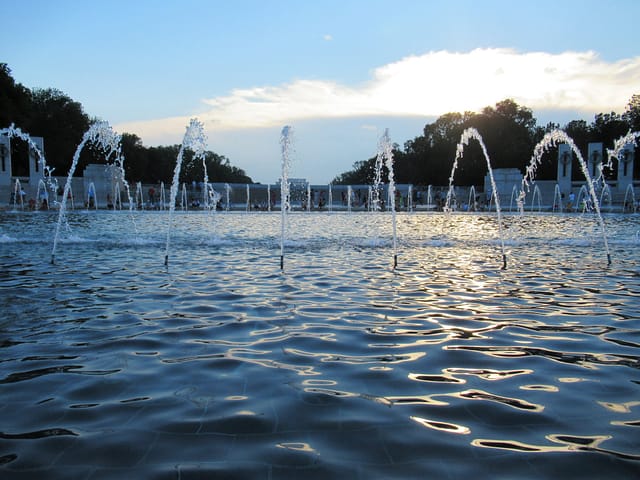
Present-Day D.C.: Museums, Scandals, and That One Guy Shouting Outside the Capitol
Today, D.C. is a mix of government buildings, free Smithsonian museums (bless), overpriced brunch, secret spy bars, and neighborhoods that are gentrifying faster than you can say “student loan forgiveness.” It’s where policy meets protest, where every street name has a conspiracy theory, and where interns arrive wide-eyed and leave exhausted.
It’s equal parts inspiring and infuriating. And if that’s not the most American vibe possible, I don’t know what is.
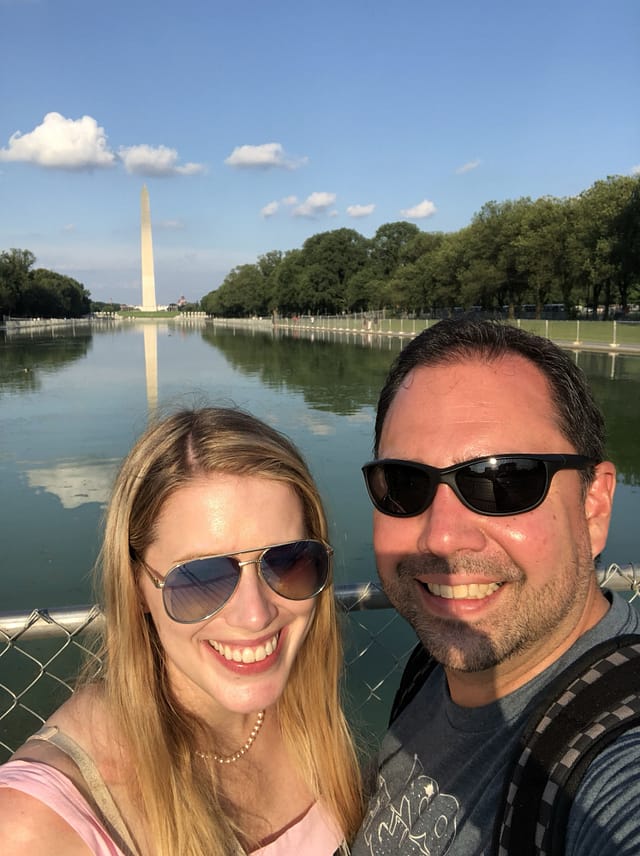
TL;DR:
Washington, D.C. was created because the founding fathers couldn’t agree on a city. It was designed by a dramatic Frenchman, burned down by the British, rebuilt with marble and museums, and now functions as both the seat of power and a monument to bureaucracy. Come for the monuments, stay for the existential dread.
Want more chaotic history lessons, but make it cute and critical? Subscribe to Kristen Experiments for more travel stories, nerdy tangents, and possibly my opinions on a Smithsonian gift shop.
Further Reading:
Fletcher, Kenneth R. “A Brief History of Pierre L’Enfant and Washington D.C.” Smithsonian Magazine. April 30, 2008.
“The Capture and Burning of Washington D.C.” American Battlefield Trust. July 3, 2025.
“The History of Washington D.C.” Washington D.C.











